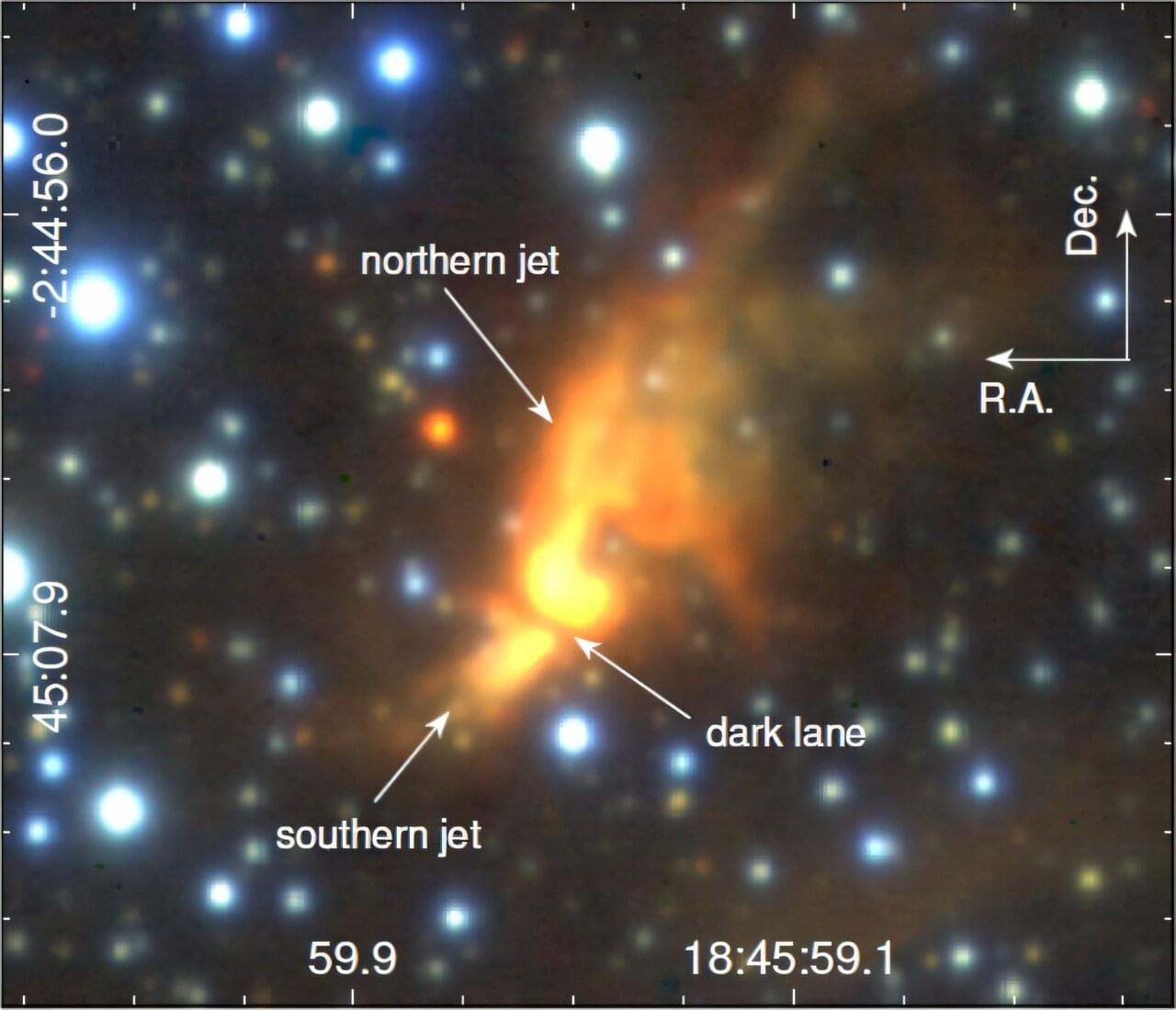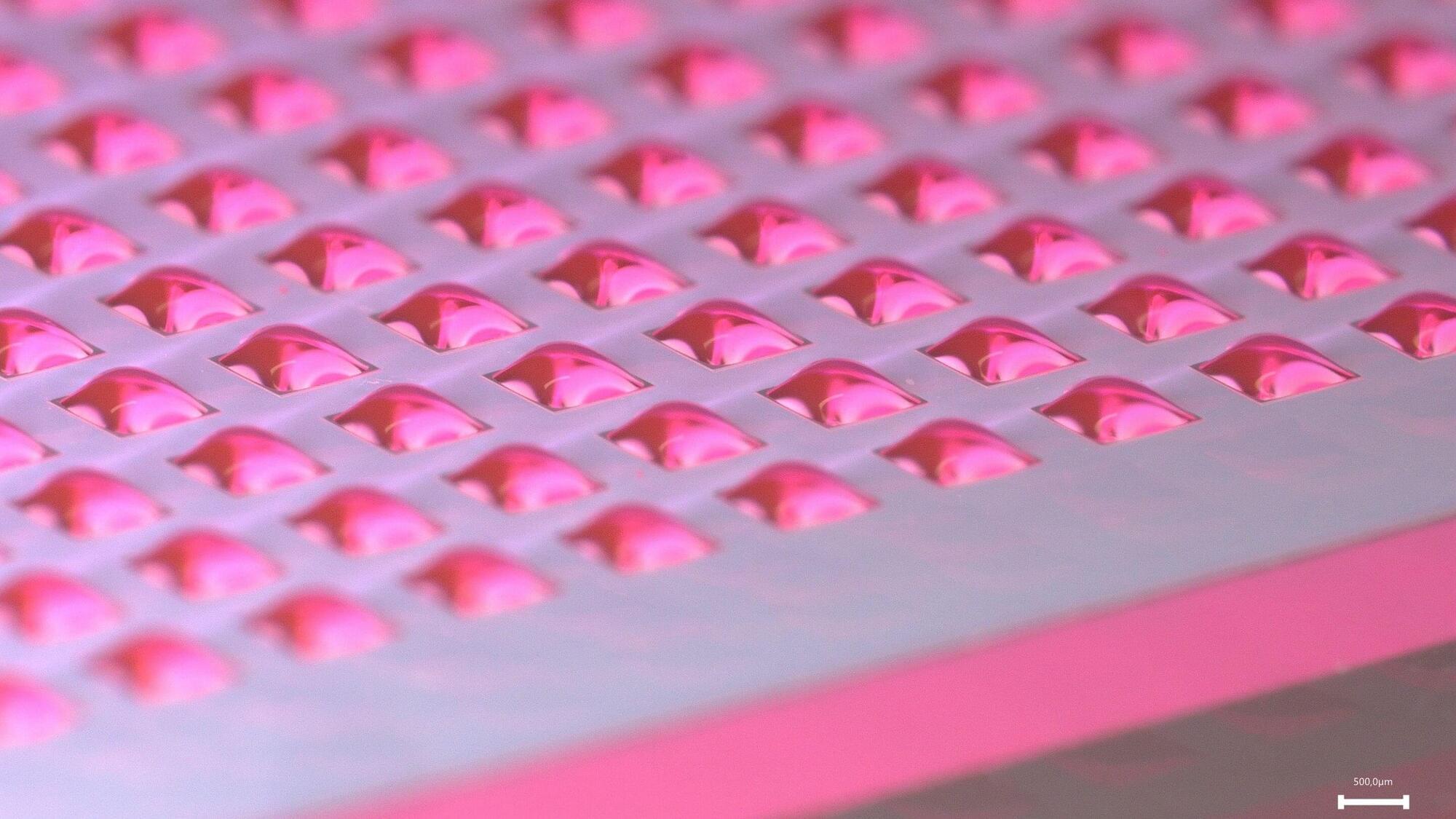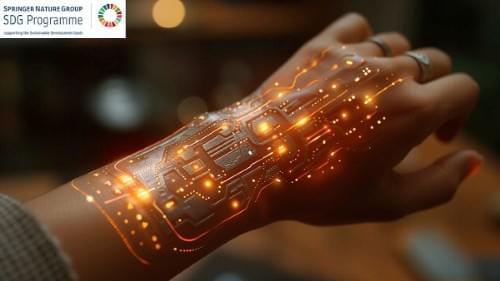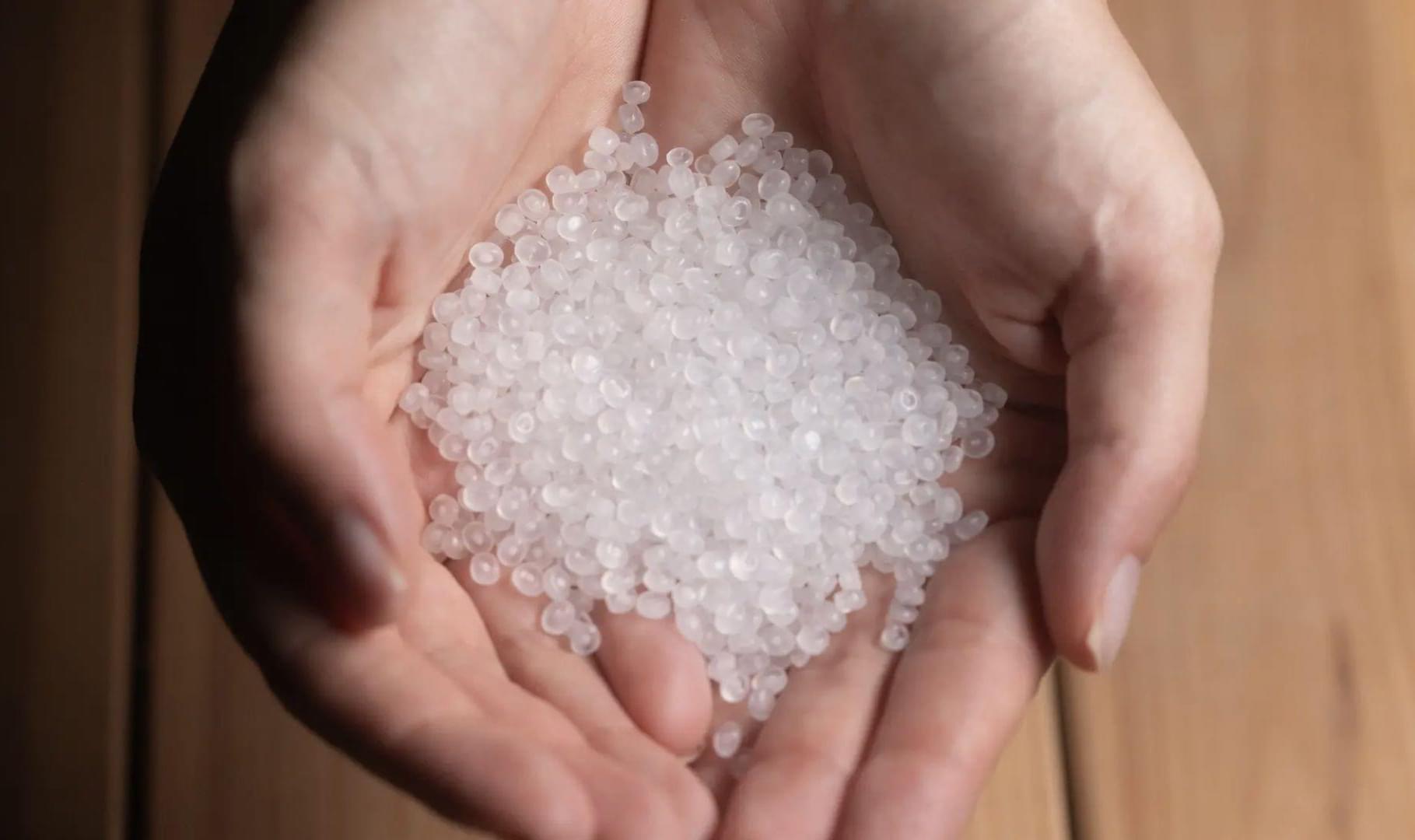Researchers simulated a social media platform that was populated entirely by AI to see if we can stop them from turning into echo chambers.


Find out how organisations like tobacco and fossil fuel companies sell doubt about science, in order to undermine public trust.
You can watch Naomi’s recent talk about the origin of the plate tectonics theory here: • Rethinking the origin of plate tectonics -… and if you sign up as one of our Science Supporters, see the full Q&A here: • Q&A: Rethinking the origin of plate tecton…
Buy Naomi’s book ‘Merchants of Doubt: How a Handful of Scientists Obscured the Truth on Issues from Tobacco Smoke to Global Warming’ here: https://geni.us/orTZL9D
00:00 Introduction.
0:41 Why do bad actors work to create mistrust in science?
2:26 How do bad actors create mistrust in science?
3:24 How does the fossil fuel industry create mistrust?
5:04 How can we rebuild trust in science and government?
7:50 Does it matter who funds science?
11:52 What role does government regulation play in science?
14:01 How does the concept of freedom affect the climate debate?
Naomi Oreskes is Professor of the History of Science and Affiliated Professor of Earth and Planetary Sciences at Harvard University. She has worked on studies of geophysics, climate change and the history of science. She sits on the board of US based not-for-profit organisations the National Center for Science Education and Climate Science Legal Defense Fund. She is a distinguished speaker and has published 10 books, including Science on a Mission and The Big Myth.
The Ri is on Twitter: / ri_science.
Questions to inspire discussion.
Autonomy and FSD
🤖 Q: What is the biggest valuation upside for Tesla? A: Tesla’s autonomy roadmap is considered the biggest valuation upside, with the company’s robotaxi plans involving 5-passenger vehicles without a driver seat potentially increasing upside option values for investors.
🚘 Q: How has Tesla’s Full Self-Driving (FSD) system improved? A: FSD has made massive improvements with Version 13, and Version 14 may be the breakthrough moment that pushes Tesla past human-level driving and conquers another three nines of safety.
Future Projections.
📈 Q: What is the expected FSD take rate in the coming years? A: The FSD take rate is projected to increase to 20% in the next few years, with cyber cabs having FSD included, while individual owners may need to opt-in for a while before it becomes standard on all new cars.
What does it take to turn the Sun into a power grid? Discover the step-by-step path from asteroid mining to a star-spanning megastructure.
Watch my exclusive video Dark Biospheres: https://nebula.tv/videos/isaacarthur–…
Get Nebula using my link for 40% off an annual subscription: https://go.nebula.tv/isaacarthur.
Get a Lifetime Membership to Nebula for only $300: https://go.nebula.tv/lifetime?ref=isa…
Use the link https://gift.nebula.tv/isaacarthur to give a year of Nebula to a friend for just $36.
Visit our Website: http://www.isaacarthur.net.
Join Nebula: https://go.nebula.tv/isaacarthur.
Support us on Patreon: / isaacarthur.
Support us on Subscribestar: https://www.subscribestar.com/isaac-a…
Facebook Group: / 1583992725237264
Reddit: / isaacarthur.
Twitter: / isaac_a_arthur on Twitter and RT our future content.
SFIA Discord Server: / discord.
Credits:
Building a Dyson Swarm… from Scratch.
Written, Produced & Narrated by: Isaac Arthur.
Graphics: Bryan Versteeg, Jeremy Jozwik, Ken York Sergio Botero.
Select imagery/video supplied by Getty Images.
Music Courtesy of Epidemic Sound http://epidemicsound.com/creator.
Chapters.
0:00 Intro What Is a Dyson Swarm?
5:49 Gathering the Materials.
9:40 Proto-Swarm: Our First Steps.
13:05 Mining the Solar System.
14:33 Beyond Mercury: The True Scale of the Swarm.
19:10 Ghosts of Friendship Past.
20:34 Building Habitats: How Much Mass Do We Really Need?
27:42 The Long Dawn of a Stellar Civilization.

Astronomers from Argentina and Spain have performed near-infrared observations of a massive young stellar object known as MYSO G29.862−0.0044. The observational campaign sheds more light on the nature of this object and its unique morphology. The new findings are presented in a paper published August 13 on the arXiv preprint server.
Massive young stellar objects (MYSOs) are stars in the very early stage of formation and the progenitors of massive main-sequence stars. However, due to their short formation timescale (about 10,000–100,000 years) and the severe extinction by the surrounding gas and dust, observations of MYSOs remain challenging.
Located some 20,200 light years away, MYSO G29.862−0.0044 (YSO-G29 for short), is a massive young stellar object associated with the star-forming region G29.96–0.02. The object is likely embedded within a dense molecular core.


Until now, the early phase of drug discovery for the development of new therapeutics has been both cost- and time-intensive. Researchers at KIT (Karlsruhe Institute of Technology) have now developed a platform on which extremely miniaturized nanodroplets with a volume of only 200 nanoliters per droplet—comparable to a grain of sand—and containing only 300 cells per test can be arranged.


World’s first industrial-scale fossil-free plastics production complex to be built in Belgium.
The world’s first industrial-scale fossil-free plastics production facility is set to be established in Belgium. The facility will use Lummus’ proven sustainable polymer technology. Vioneo has Lummus as its facility’s polypropylene partner.
The complex will also be highly electrified using renewable electricity and use renewable hydrogen as key components to its operations.
The company claimed that plastics produced will be fully traceable and CO2 negative, allowing customers to reduce their Scope 3 emissions.
Moon’s time capsule: Apollo-era rock core sample tells tale of ancient landslide.
NASA intentionally set aside a significant portion of this haul for future study, a decision now paying off.
The rock core was studied using advanced micro-CT scanning to analyze its contents in fine detail, an imaging technology that didn’t exist when the samples were first brought back.
The new research focused on clasts, fragments broken off from the mountain during the landslide.